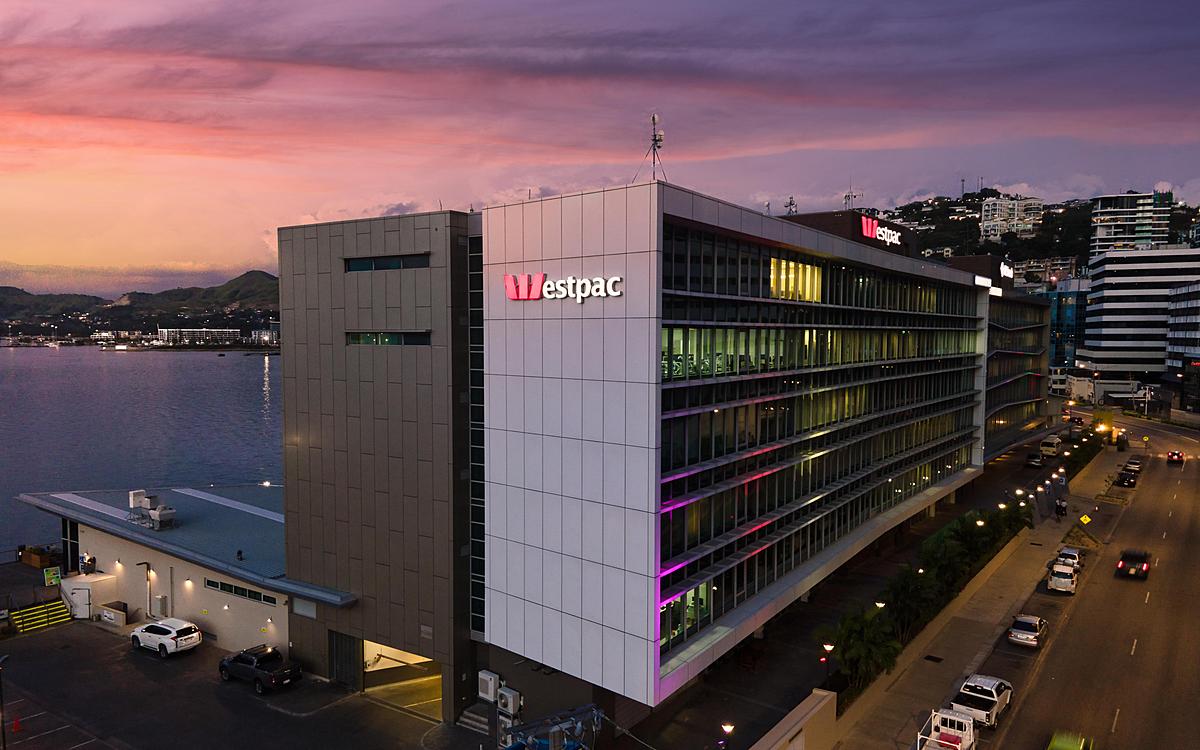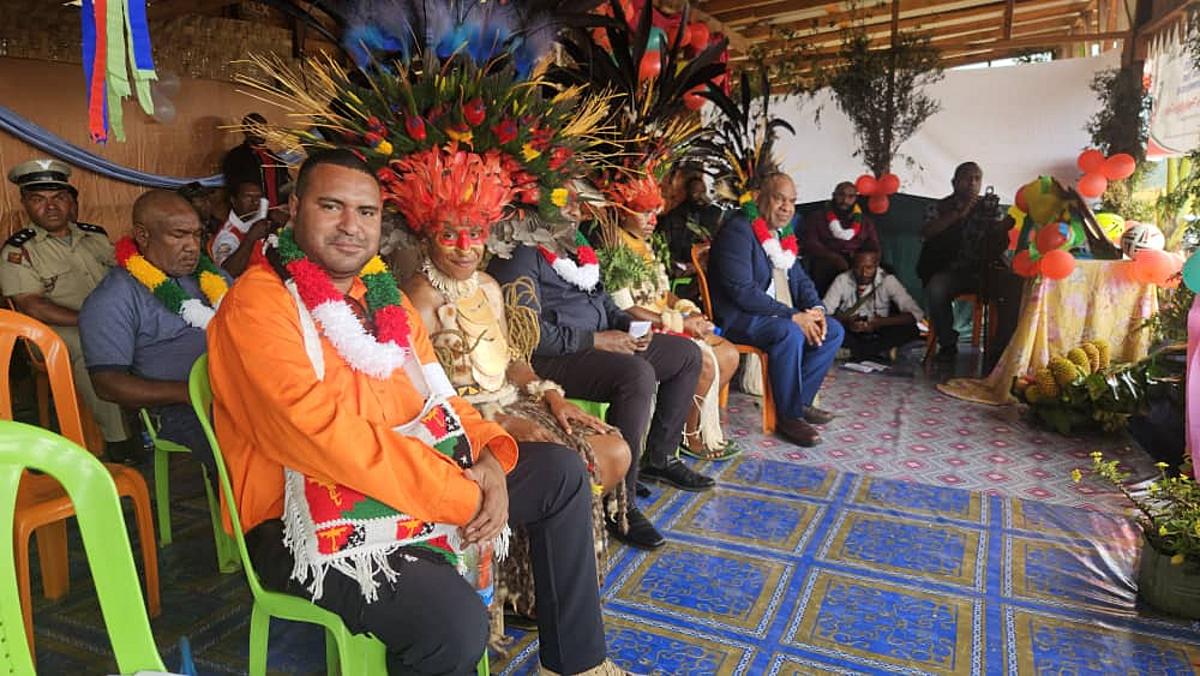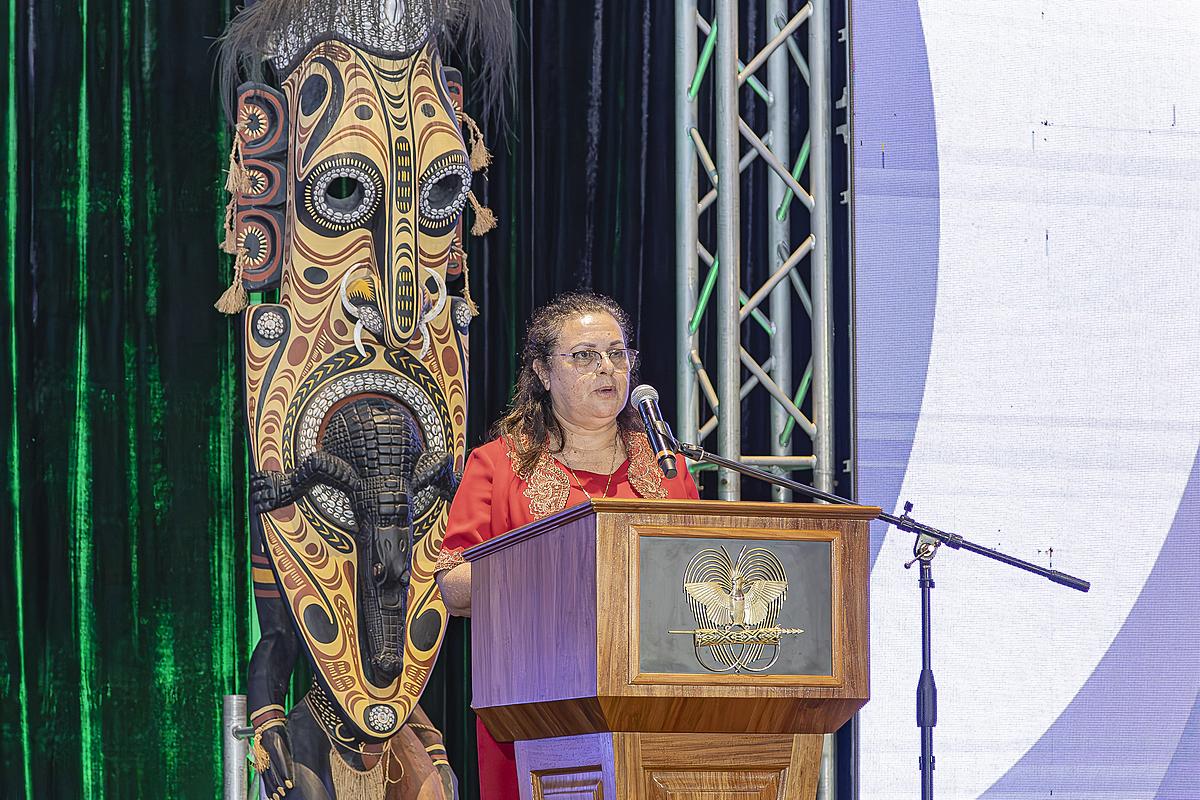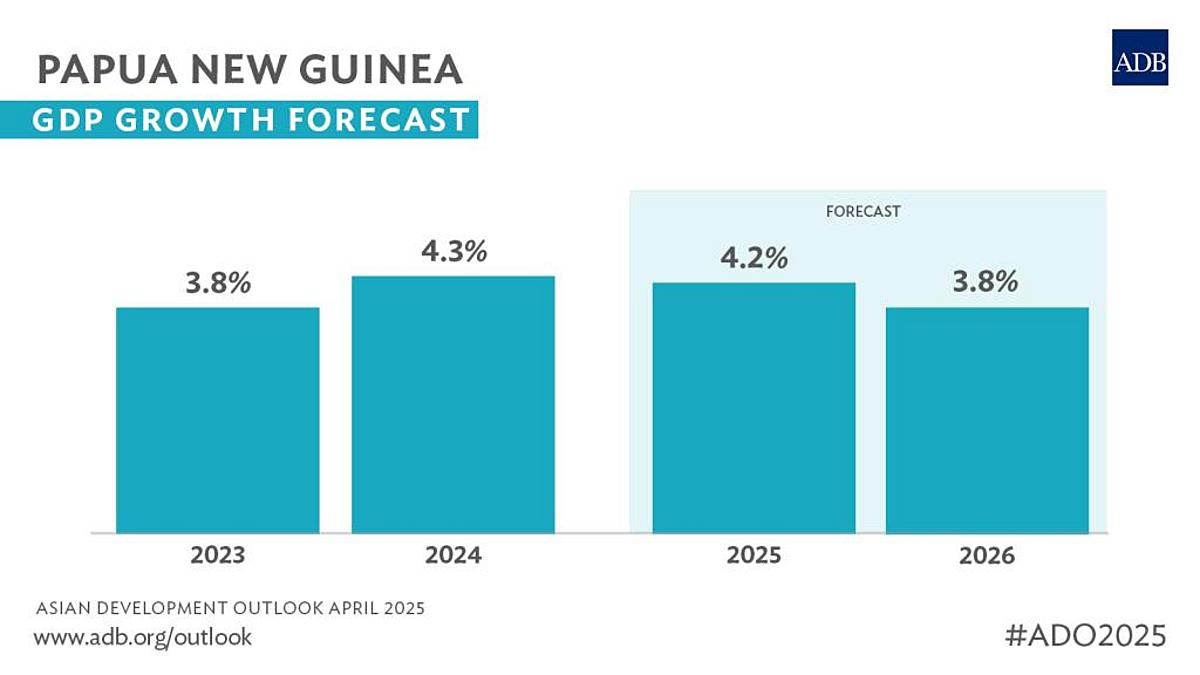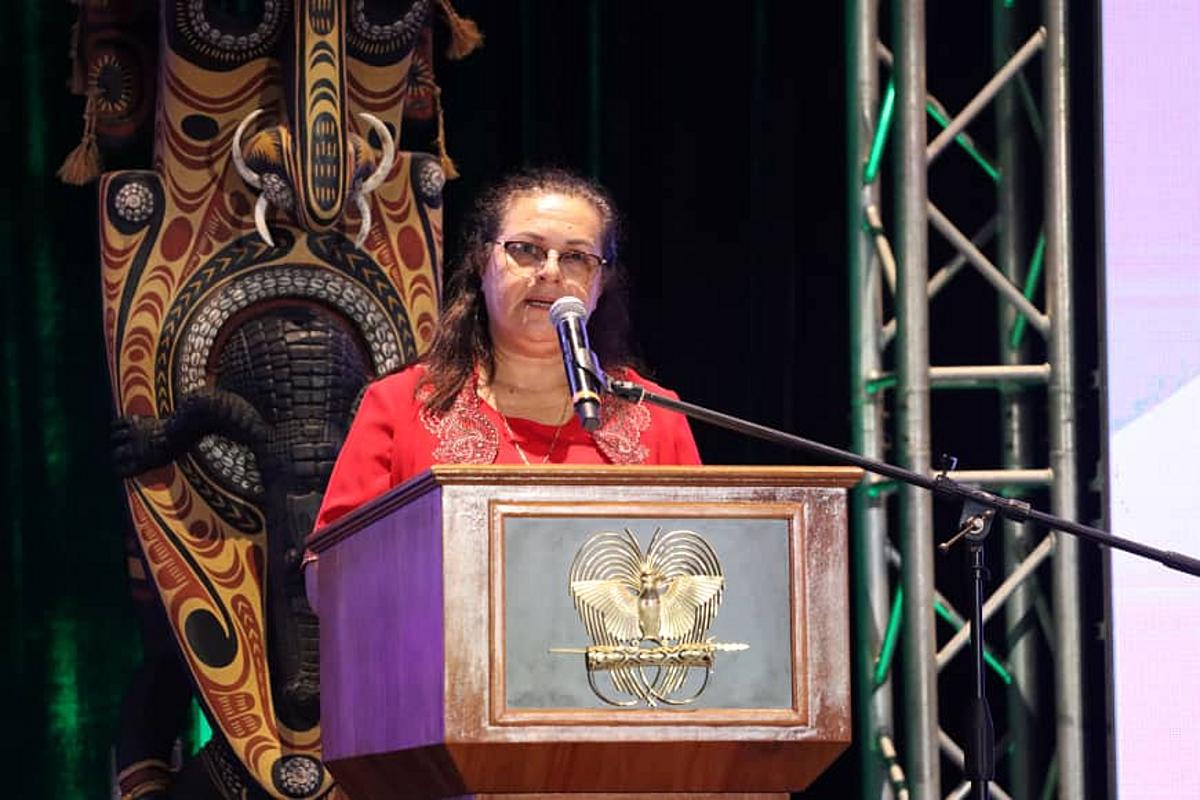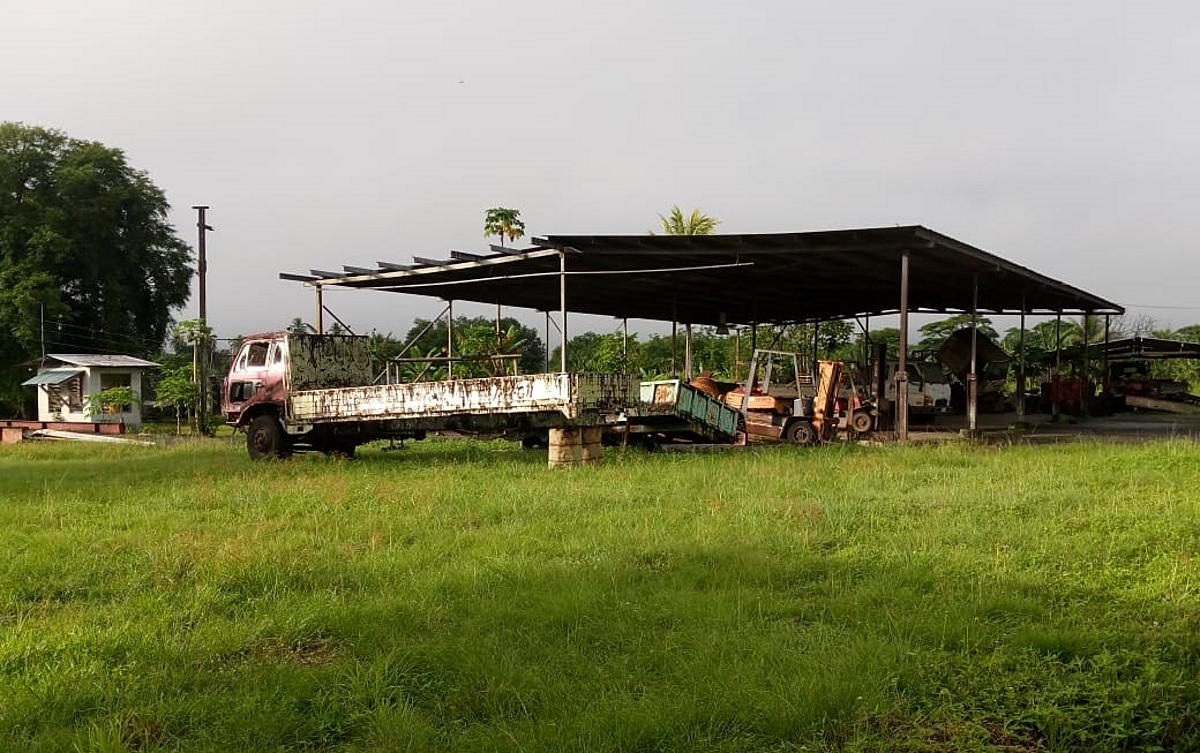Papua New Guinea (PNG) is set for economic recovery in 2024, with projected growth of 3.7%, up from 2.8% in 2023, according to the November 2024 WESTPAC WAILIS PNG Economic Update.
This rebound is largely attributed to the resource sector, which continues to underpin the nation’s economy. However, inflationary pressures, a managed depreciation of the kina, and global uncertainties pose risks to sustained growth.
Resource Sector: Backbone of Growth
Contributing 27% of GDP in 2022, PNG’s resource sector remains the cornerstone of its economy. Gold, oil, and LNG have played significant roles, particularly with the reopening of the Porgera gold mine, which has boosted gold exports, the update notes.
Despite this, the sector is vulnerable to fluctuations in global commodity prices and potential delays in key projects like Papua LNG, which are critical for long-term growth.
Inflation, Currency, and Policy Responses
Inflationary pressures persist despite efforts by the Bank of Papua New Guinea (BPNG). In September 2024, BPNG doubled the Kina Facility Rate to 4.0% and raised the reserve requirement to 12%.
While headline inflation remained low at 0.1% through June 2024, core inflation (excluding volatile items) rose by 4.4%.
To address foreign exchange constraints and stabilize the kina, BPNG introduced a new auction system in mid-2024. This measure reduced FX clearance times from two months to 4-5 weeks, though the kina’s depreciation is expected to continue into late 2025.
While beneficial for exporters, the weaker currency makes imports costlier, challenging businesses reliant on overseas goods.
Trade Performance: Mixed Outcomes
In early 2024, trade data revealed both challenges and opportunities. Exports contracted by 3% in Q1, while imports fell sharply by 28%. This decline helped widen the trade surplus, easing pressure on foreign reserves. The surplus is expected to grow, driven by robust mineral exports, particularly gold and copper.
Gold exports surged due to Porgera’s reopening, with marine exports also performing strongly. However, crude oil, LNG, and nickel exports declined.
On the import side, all major categories fell in Q1, with food imports down 55%, beverages and tobacco down 73%, and crude materials down 64%, partly reflecting FX constraints.
Diversification and Emerging Opportunities
Despite its reliance on resources, PNG faces the challenge of diversifying its economy. Agriculture, manufacturing, and services offer potential for sustainable growth. Emerging sectors, such as tourism and sports, present new opportunities.
For instance, PNG’s bid to join the National Rugby League (NRL) is backed by $600 million in Australian government funding, which could significantly boost tourism and hospitality.
Future Prospects and Challenges
PNG’s trade surplus is projected to strengthen, supported by favorable commodity prices and increased returns from a weaker kina. However, inflationary pressures and a depreciating currency may limit domestic investment and consumer spending.
Monetary policy remains focused on managing inflation and stabilizing the kina, which BPNG expects to weaken further, potentially reaching 0.2492 against the US dollar by year-end. Effective resource management, strategic infrastructure investments, and human capital development will be essential to building economic resilience.
Several major projects, including the Kainantu mine expansion and new gas developments, are expected to bolster growth in the coming decade.
However, PNG’s dependence on finite resources highlights the need for diversification to mitigate risks associated with commodity price volatility.
While PNG’s resource sector continues to drive economic growth, challenges such as inflation, currency depreciation, and geopolitical risks underscore the need for a more diversified economy, the report said. Strategic investments in infrastructure and emerging sectors will be key to ensuring long-term prosperity.

